Good Things Come to Kids Who Wait
It was cool among the Tamarisk, and they misted on me lightly. I sat, hugging me legs to my chest, chin resting on my knees. I resisted the urge to swish away the bugs exploring my ears and eyebrows. My mind wondered to other places. Lunch. School the next day. I ignored the sweat collecting in the crooks of my knees, and the way it tickled the backs of my calves. Why was I here again?

I am not a patient person. I am a now person. The first thing I look at when contemplating a new recipe is how long it takes to make. I want to know how the story ends by the last page of the second chapter. I can’t diet worth beans because I want the weight gone by the end of the first day.
I blame society.
In a world of immediate gratification and one-click buying options, where television images change on a screen an average of every three seconds, and where short bursts of information, facebook statuses, and tweets are the norm, I am required to multi-task constantly. In an effort to succeed in this world, I have developed the skills needed to thrive in the face of so much information, sacrificing any chance at a quiet moment. I grew up at the cusp of this great change in our social structure. My children, on the other hand, will be born into it. They will have few opportunities to learn the important skill of waiting, of delaying gratification, of thinking ahead, and of focusing for more than a minute. The implications of an entire society of young ones growing up constantly distracted are incredible, and affecting everything from the development of a young child’s brain, to how society functions in the future .
I am terrible at holding still—with one exception. When I was a teenager my dad taught me how rewarding it can be to sit in one spot and wait for the natural world to forget you’re there.
I remember the lesson well. We were taking a walk. He was an avid birder and was looking for spring migrants making their way north after the cold winter. We wandered along the edge of a lake, he stopping every few feet to eye some new movement among the Tamarisk that lined the beaches, me kicking at rocks and thinking about being somewhere else. I don’t remember my attitude, but knowing me I was bored, easily distracted, and likely hinted repeatedly at how far from the car we had come.
“Did you see that one?” he exclaimed while holding his binoculars to his eyes. “Western Tanager I think. What do you think?” he looked over at me to find that I didn’t even have my binoculars to my eyes. “What’s wrong with you?” he asked.
I mumbled some lame excuse about there not being that much to see in a bunch of boring old Tamarisk trees. He stared at me in incredulity for a long moment, then instructed me to follow him, and walked me to the Tamarisk grove.
“Here. Sit down in the middle. I’m leaving for 15 minutes. I want you to sit here. Don’t move. We’ll talk about what you see when I get back.”
Slightly peeved, but mostly curious at the strange request, I sat. In retrospect, he may have left me there in order to have 15 uninterrupted moments of bird watching—not because he expected me to learn any important outdoor skill.
But the lesson stuck; those fifteen minutes were unforgettable. Twenty years later I still find myself looking for opportunities to hold still somewhere and see who forgets me. Last week at the botanical gardens it was a lizard, who found my shoes were an excellent place to grab a quick lunch of bug debris. The hummingbirds were perched above my head, and bees worked the flowers around me, oblivious to my presence.
Game: Holding Still
When played as a game, this skill isn’t too hard to learn, and it is one that you can play with your child, or (as my father did) that you can suggest they try on their own. Advise for first timers:
- Pick a good spot where activity is likely to happen soon (near the bird feeder in the backyard is a good spot).
- Get comfortable so that half way through their/your legs won’t be asleep.
- Focus on listening for the animals that will come in from all directions. (If you turn too quickly to look, you’ll lose your chance; better to listen first.)
- If your child finds holding still for that long too difficult at first, you can throw a blanket over them so that just their face shows. This will allow them to twiddle their thumbs, scratch the inevitable itch, and move ever so slightly without nearby critters noticing.
Learning to hold still is the stepping stone to many wonderful natural moments. Both hummingbirds and chickadees will land on outstretched hands that haven’t moved for some time (with hummingbirds, place your finger near a hummingbird feeder, like a perch, and wait, or do like this lady did; with chickadees, stand near your birdfeeder with seed in your outstretched hand—here is an excellent instructional on handfeeding. Nature photography, for beginners and experts (here’s a fun example!) alike, begins with finding a good spot, and waiting as long as it takes (if you’re into wildlife photography, here are some good tips.
The skill is an important one, especially for children. It teaches the value of patience, the rewards that come with waiting, how to focus for long periods of time, and the important skill of observing. It reminds them that the world doesn’t always move as fast as television would make it seem. And it gives them something to brag about later (“I was five feet from a squirrel and he didn’t even know I was there!”). The squirrels in my back yard move at the same speed that they did when my grandfather was a child—nature is immune to the social revolution in which your children find themselves, and provides a natural context for learning skills that apply to every generation.
________________________________________________________________________________________
Three Lazuli Buntings, the color of jewels and rainbows, flew into the grove and proceeded to squabble, completely unaware of my presence. A Western Tanager flew to a perch somewhere over my head and serenaded the world. I contemplated turning to get a better look when I heard a noise beside me. Slowly, ever so slowly, I moved my head. There, sharing the shade of the Tamarisk grove with me, was a jack rabbit. Not five feet from my hunched self, he stretched his back legs out behind him, pressed his belly into the cool dirt, laid his long ears flat across his back, and closed his eyes. I could see the hair on his rump was ruffled, I could see the nick in his ear, and I could see how very big his nose was. Why was I here again? For this moment.
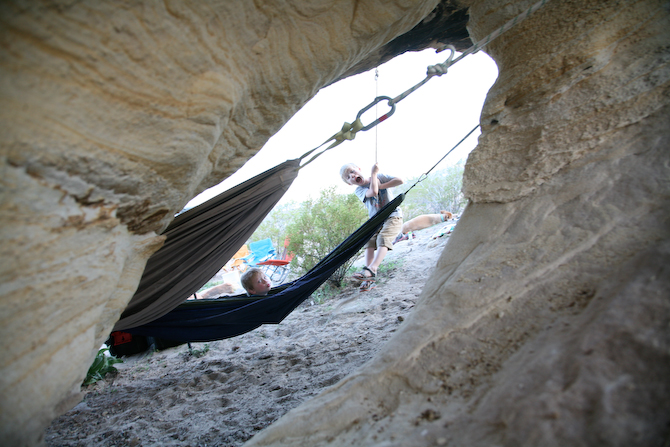
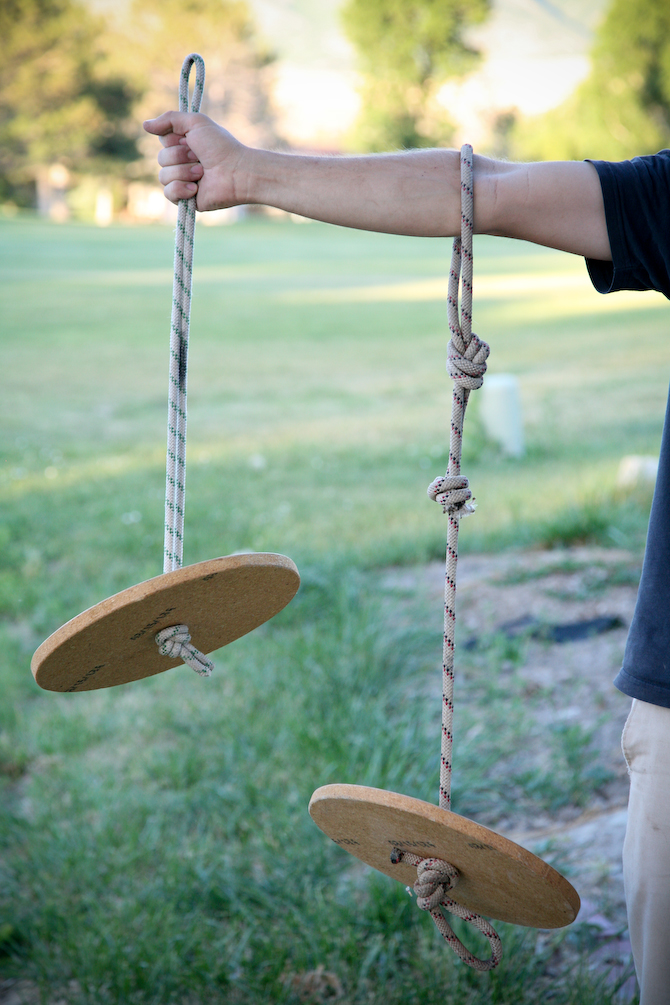
 I’ve used several types of rope and most work equally well. Static rope (without stretch) is better than dynamic rope (with stretch). In our yard we often use 1 inch tubular webbing because there is very little stretch and it sits flat against the branch so it rubbs less than most ropes.
I’ve used several types of rope and most work equally well. Static rope (without stretch) is better than dynamic rope (with stretch). In our yard we often use 1 inch tubular webbing because there is very little stretch and it sits flat against the branch so it rubbs less than most ropes.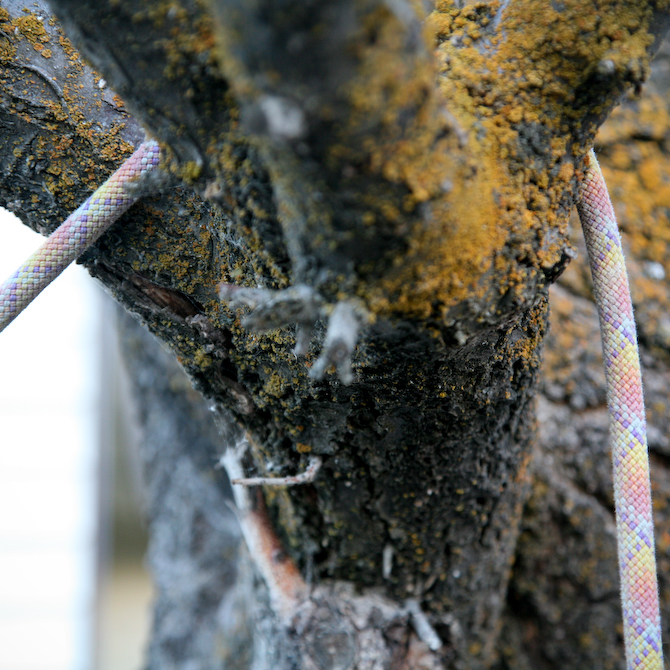
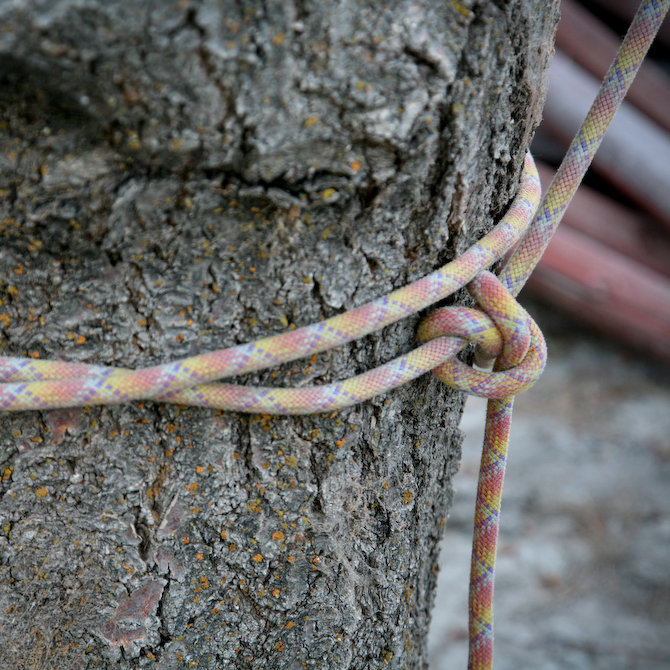
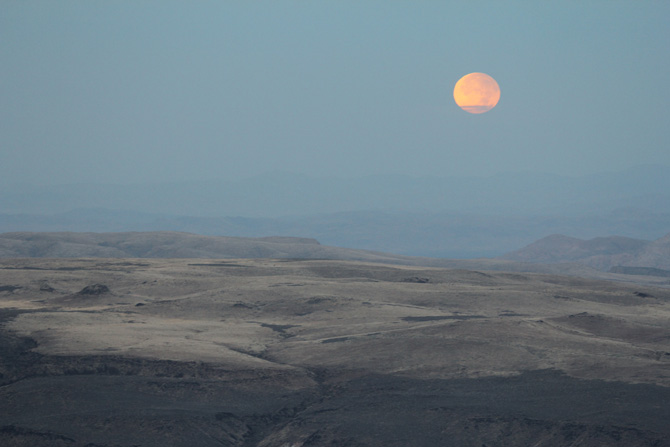
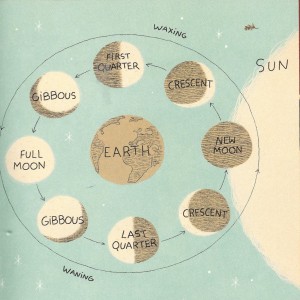
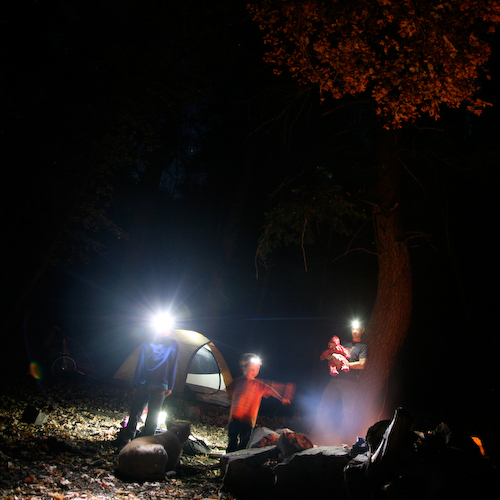 Capture the Flag. The best place I’ve ever played this game was in a sandy wash with sorta steep sides. In this beloved game, each team hides a flag on their side of the wash, or field, or dirt road. Team members strategize to sneak over steal the other team’s flag without getting caught while also guarding their own flag against capture. More info on
Capture the Flag. The best place I’ve ever played this game was in a sandy wash with sorta steep sides. In this beloved game, each team hides a flag on their side of the wash, or field, or dirt road. Team members strategize to sneak over steal the other team’s flag without getting caught while also guarding their own flag against capture. More info on 
 It is a common misconception that children need to be taught to draw. But really! They don’t need someone to show them how to make a mark. They love to make marks—on walls and floors and brothers and bellies. I can’t remember a time that I didn’t have a pencil in hand, but it wasn’t until I was in my 30’s that I learned how to “draw” in spite of countless hours and a small fortune invested in lessons. Soon after, I started teaching at my daughter’s elementary school as a volunteer. What I discovered is this: Teaching children to draw means first teaching them to see and teaching them to see means giving them permission to ignore the symbolic world of our educational system. There’s nothing wrong with symbols: this post would mean nothing to you if you had not mastered symbology (i.e. letters) in school. But when it comes to drawing, I find that spaces, lines, texture, hue, saturation and color are much more interesting than symbols.
It is a common misconception that children need to be taught to draw. But really! They don’t need someone to show them how to make a mark. They love to make marks—on walls and floors and brothers and bellies. I can’t remember a time that I didn’t have a pencil in hand, but it wasn’t until I was in my 30’s that I learned how to “draw” in spite of countless hours and a small fortune invested in lessons. Soon after, I started teaching at my daughter’s elementary school as a volunteer. What I discovered is this: Teaching children to draw means first teaching them to see and teaching them to see means giving them permission to ignore the symbolic world of our educational system. There’s nothing wrong with symbols: this post would mean nothing to you if you had not mastered symbology (i.e. letters) in school. But when it comes to drawing, I find that spaces, lines, texture, hue, saturation and color are much more interesting than symbols. 
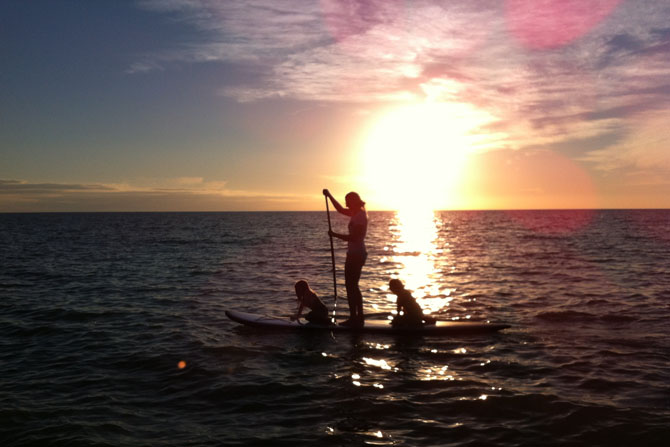

 Binoculars Whether it’s to view the night sky or the moon, magnify a spider (turn your binoculars upside down), or check out the birds in the trees above camp, binoculars are a great addition to any bag of camping goodies. With adult supervision, any pair will work or you can buy your kids their own pair fairly inexpensively. Look for ones with low magnification, wide field of view, not too heavy or consider a pair specific to kids. I’ve been drooling over these
Binoculars Whether it’s to view the night sky or the moon, magnify a spider (turn your binoculars upside down), or check out the birds in the trees above camp, binoculars are a great addition to any bag of camping goodies. With adult supervision, any pair will work or you can buy your kids their own pair fairly inexpensively. Look for ones with low magnification, wide field of view, not too heavy or consider a pair specific to kids. I’ve been drooling over these 
